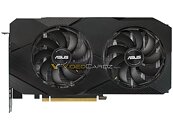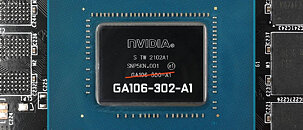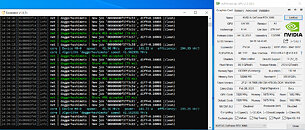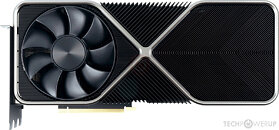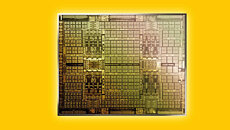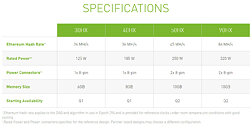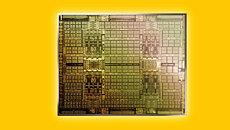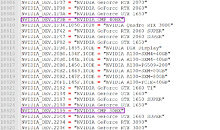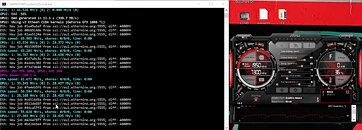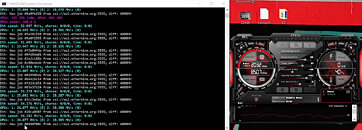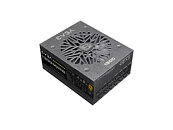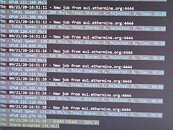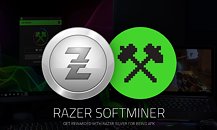
NVIDIA Silently Relaunching RTX 30-series with "Lite Hash Rate" Silicon Edition
Remember that story regarding NVIDIA relaunching a new RTX 3060 SKU that actually does limit the hash rate for Ethereum mining workloads? Well, not only has it been cemented, but it also has been expanded. Reports are coming in that all but confirm that NVIDIA is on its way to provide its partners with updated silicon that should put mining performance of their RTX 30-series cards into a less palatable price-performance territory for would-be miners. That, in turn, should bring them closer to NVIDIA's CMP (Crypto Mining Processor) cards instead - and as wanted by both the company and consumers.
According to the sources, the new graphics cards will be indistinguishable from those that are still in transit or in stock (all two of them worldwide, of course). NVIDIA is internally describing the revised silicon as "Lite Hash Rate", and that is the message they communicate with AIBs. Apparently, the new "Lite Hash Rate" graphics cards will range throughout the entirety of NVIDIA's already-released RTX 30-series portfolio, from the ill-fated RTX 3060 up to the RTX 3080 Ti - the only absent graphics card is the RTX 3090, apparently, which could mean that NVIDIA is confident enough on that graphics card's cost being too high to be attractive to miners - especially when you consider how much more they are going for above the MSRP that was half-heartedly slapped on it. The new chips carry an update to their SKU identification - the GA102-200 chip that powers the RTX 3080 is being revised to GA102-202, as will all other chips made "lite" in this way. Expect the new cards to start hitting retail come June.
According to the sources, the new graphics cards will be indistinguishable from those that are still in transit or in stock (all two of them worldwide, of course). NVIDIA is internally describing the revised silicon as "Lite Hash Rate", and that is the message they communicate with AIBs. Apparently, the new "Lite Hash Rate" graphics cards will range throughout the entirety of NVIDIA's already-released RTX 30-series portfolio, from the ill-fated RTX 3060 up to the RTX 3080 Ti - the only absent graphics card is the RTX 3090, apparently, which could mean that NVIDIA is confident enough on that graphics card's cost being too high to be attractive to miners - especially when you consider how much more they are going for above the MSRP that was half-heartedly slapped on it. The new chips carry an update to their SKU identification - the GA102-200 chip that powers the RTX 3080 is being revised to GA102-202, as will all other chips made "lite" in this way. Expect the new cards to start hitting retail come June.


